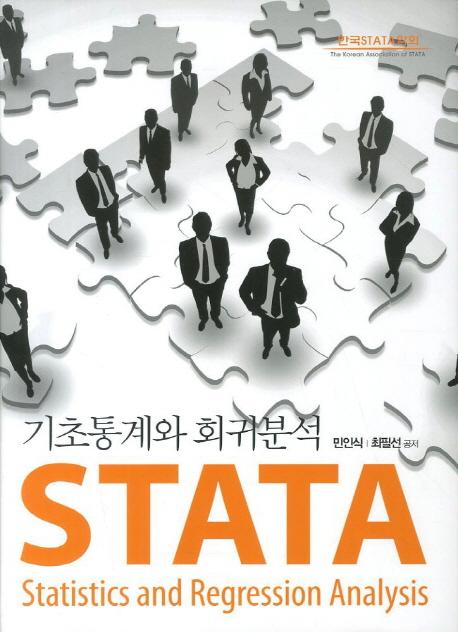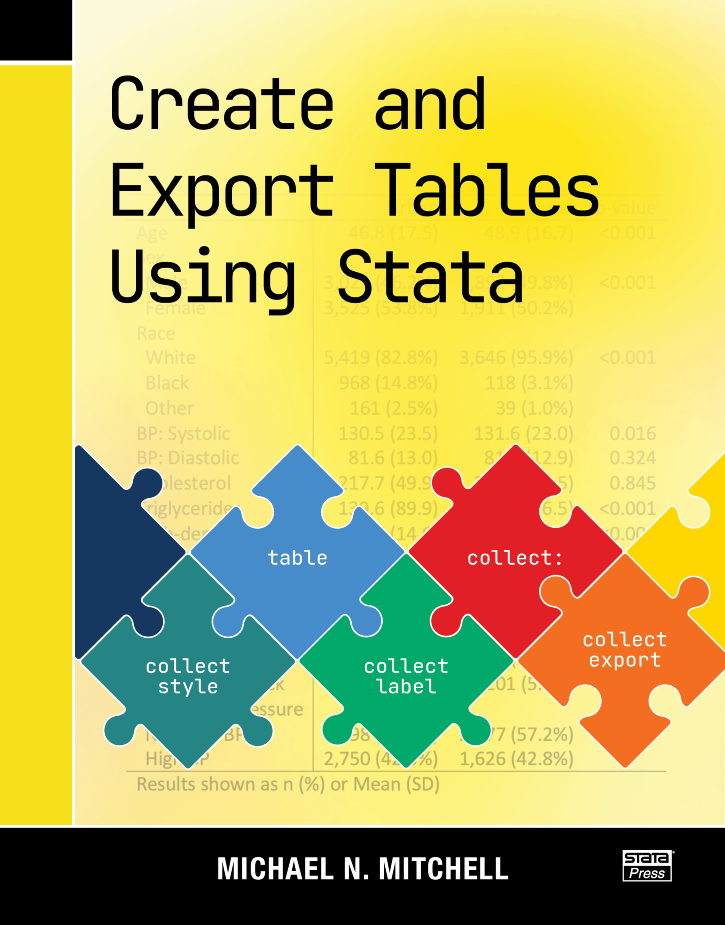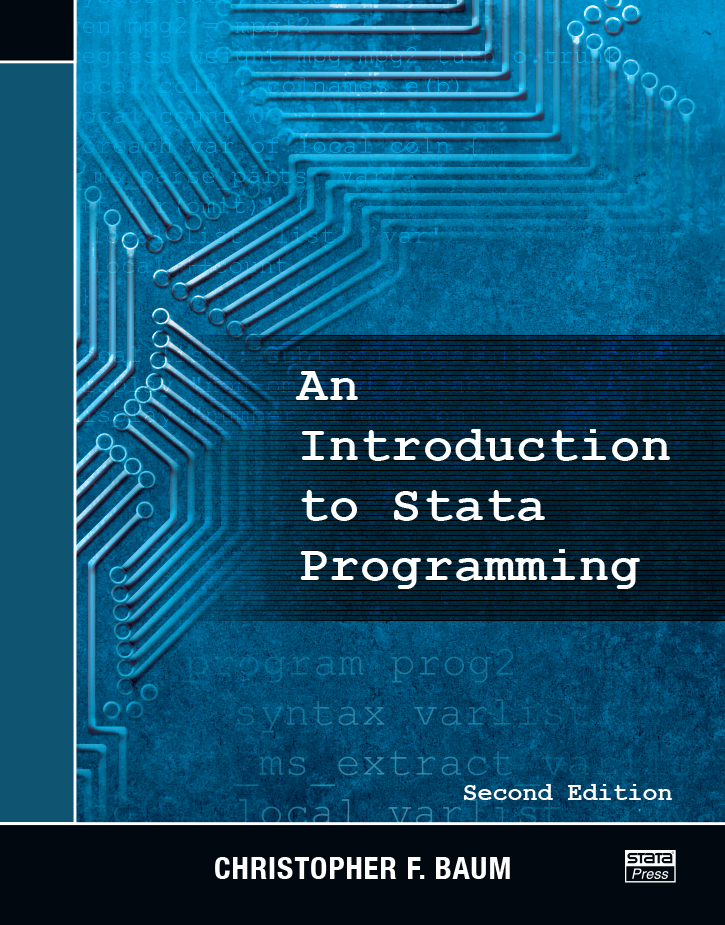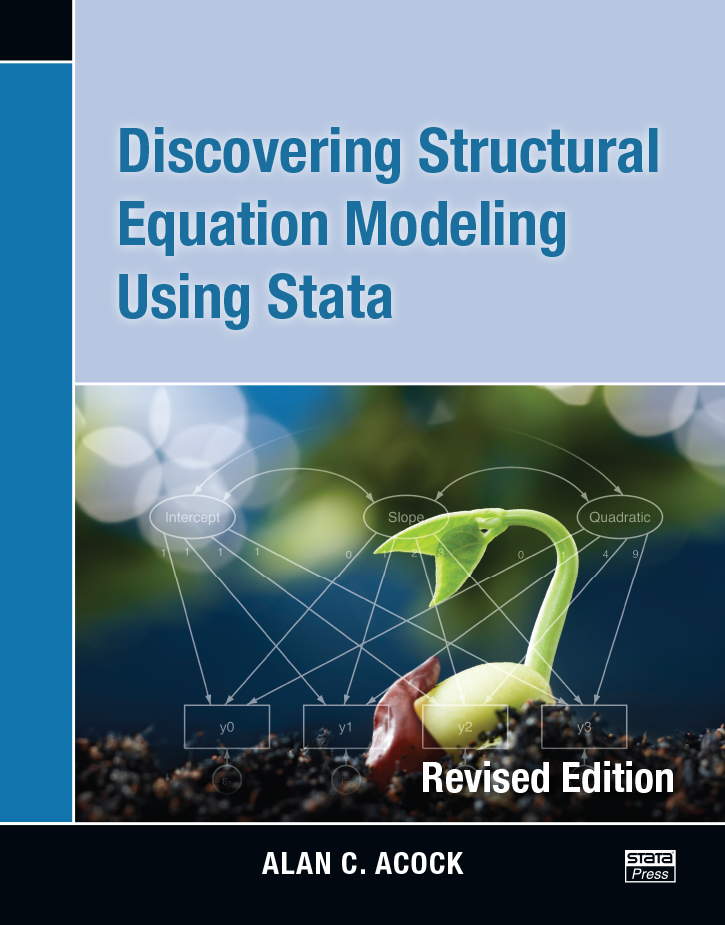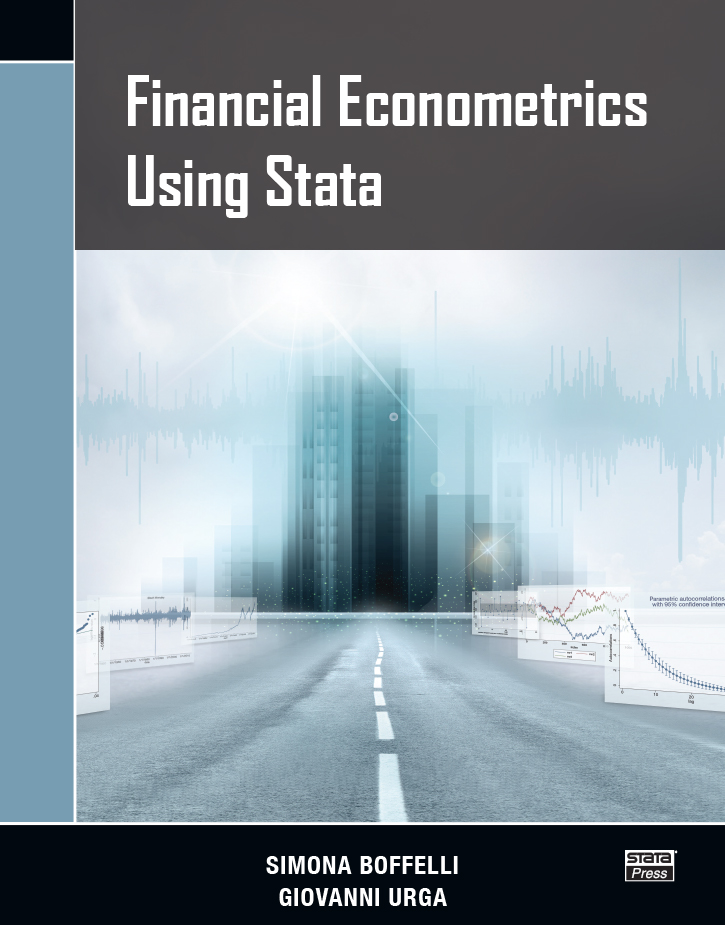
Financial Econometrics Using Stata
84,000원
Authors: Simona Boffelli and Giovanni Urga Publisher: Stata Press Copyright: 2016 ISBN-13: 978-1-59718-214-0 Pages: 272; paperback
Financial Econometrics Using Stata by Simona Boffelli and Giovanni Urga provides an excellent introduction to time-series analysis and how to do it in Stata for financial economists. Aimed at researchers, graduate students, and industry practitioners, this book introduces readers to widely used methods, shows them how to perform these methods in Stata, and illustrates how to interpret the results.
After providing an intuitive introduction to time-series analysis and the ubiquitous autoregressive moving-average (ARMA) model, the authors carefully cover univariate and multivariate models for volatilities. Chapters on risk management and analyzing contagion show how to define, estimate, interpret, and perform inference on essential measures of risk and contagion.
The authors illustrate every topic with easily replicable Stata examples and explain how to interpret the results from these examples.
The authors have a unique blend of academic and industry training and experience. This training produced a practical and thorough approach to each of the addressed topics.
Simona Boffelli, PhD, is a quantitative analyst at Fineco Bank in Milan, part of the Unicredit Group. She is a researcher associate to the Department of Management, Economics and Quantitative Methods of Bergamo University in Italy and to the Centre for Econometric Analysis of Cass Business School in London. Her research interests are in financial econometrics, with focus on risk management, contagion analysis, and the assessment of linkages between macroeconomics and financial markets. She has published in the International Journal of Forecasting, International Journal of Money and Finance, and Journal of Financial Econometrics.
Giovanni Urga, PhD, is a professor of finance and econometrics and the director of the Centre for Econometric Analysis at Cass Business School in London, and is a professor of econometrics at the Department of Management, Economics and Quantitative Methods of Bergamo University in Italy. His research interests are in financial econometrics, panel data, modeling risk and cross-market correlations, asset pricing, structural breaks, modeling common stochastic trends, and credit spreads. He has published in the Journal of Econometrics, Journal of Business and Economic Statistics, Economics Letters, Econometric Theory, Oxford Bulletin of Economics and Statistics, Journal of Applied Econometrics, International Journal of Forecasting, International Journal of Money and Finance, Journal of Financial Econometrics, and others. He is an associate editor for Empirical Economics and has been a guest editor for the Journal of Econometrics and the Journal of Business and Economic Statistics.
1.2 Approaching the dataset
1.3 Normality
1.4 Stationarity
1.5.2 PACF
1.7 Linear time series
1.8 Model selection
1.A How to import data
2.1.2 AR(p)
2.2.2 MA(q)
2.2.3 Invertibility
2.3.2 ARMA(p,q)
2.3.3 ARIMA
2.3.4 ARMAX
2.4.2 Postestimation
2.4.3 Adding a dummy variable
2.4.4 Forecasting
3.2 ARCH models
Distribution
The het() option
The maximize_options options
3.4 GARCH models
3.4.2 GARCH in mean
3.4.3 Forecasting
3.5.2 TGARCH
3.5.3 GJR–GARCH
3.5.4 APARCH
3.5.5 News impact curve
3.5.6 Forecasting comparison
3.6.2 NGARCH
3.6.3 NGARCHK
4.2 Multivariate GARCH
4.3 Direct generalizations of the univariate GARCH model of Bollerslev
4.3.2 Diagonal vech model
4.3.3 BEKK model
4.3.4 Empirical application
Dvech model
Empirical application
Dynamic conditional correlation Tse and Tsui (DCCT)
Prediction
5.2 Loss
5.3 Risk measures
5.4 VaR
5.4.2 Parametric approach
5.4.3 Historical simulation
5.4.4 Monte Carlo simulation
5.4.5 Expected shortfall
The independence test
The conditional coverage test
The duration tests
6.2 Contagion measurement
Markov switching

